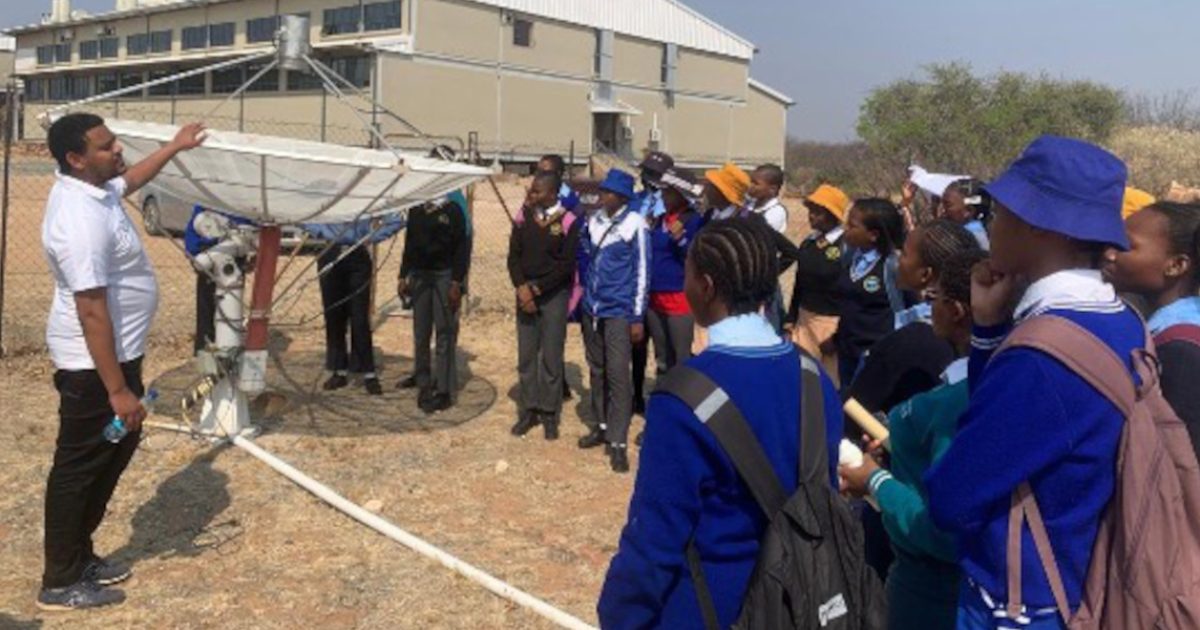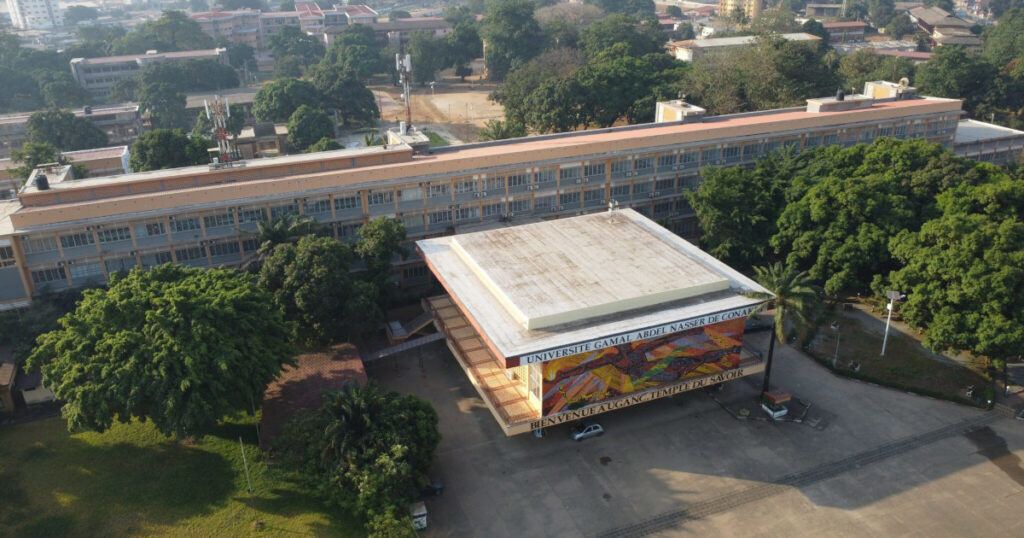Radio and Optical Astronomy projects at Botswana International University of Science and Technology
In 2018, the Ministry of Communications, Knowledge, and Technology (MCKT), as the infrastructure development funder, appointed Botswana International University of Science and Technology (BIUST) as the custodian of the project in Botswana. With this appointment, an astronomy development plan was initiated to cover all aspects of astronomy, which are optical and radio astronomy.
Currently, three projects are being developed.
The African Very Long Baseline Network (AVN)
The African Very Long Baseline Network (AVN) project is a precursor programme to the SKA project in Botswana. The objective of this initiative is to develop capacity among nine African countries, which are referred to as SKA African Partner countries for supporting South Africa’s bid to host the core of the SKA instrument. The program will develop engineering skills, scientific knowledge, national regulations, and institutional capacity that will be needed for full participation in the SKA project when it eventually expands across Africa.
This project is being developed in collaboration with the Deutsches Zentrum für Astrophysik and Max-Planck Institute for Radio Astronomy from Germany, and the South African Radio Astronomy Observatory in South Africa.
Hydrogen Intensity Real-time Analysis eXperiment (HIRAX)
BIUST in partnership with the University of Kwazulu-Natal will host an antenna array of sixteen dish elements that each have a diameter of 6 m. The array will act as an outrigger station for the core of the HIRAX instrument which will feature approximately a thousand tightly spaced 6 m dishes that will be located in the Karoo Desert in South Africa. The collaborative effort aims to localize Fast Radio Bursts, and facilitate technology transfer between the two Universities.
National Optical Observatory
The scope of this project is to establish Botswana’s first National Optical Observatory (NOO) – also referred to as the Astro-Park on campus at BIUST. This project will complement the development of Radio Astronomy in Botswana, as it will exploit the multi-wavelength nature of astronomy, particularly focusing on the optical wavelength to pursue forefront research. Astro-park will enthuse primary and secondary school learners in STEM subjects and careers and serve as a focus of astro-tourism development in Botswana. This is a project set to produce benefits to education, research, technology development and tourism and which will contribute greatly towards economic diversification, innovation, and the development of a knowledge-based economy in Botswana.
Training Instruments
In addition to the projects above, the University will also host a number of training instruments. There is already a two-element radio interferometer on campus, This was installed and commissioned in 2019. The Two-element Radio Interferometer is designed for astronomical observations at 1,420 MHz. We are hoping to also host The Transient Array Radio Telescope (TART) telescope, which is a low-cost open-source array radio telescope.
Outreach
One of the objectives for the AVN/SKA project is to enhance public engagement, awareness and outreach in astronomy. The team is engaged in a number of outreach activities across Botswana. This includes the Girls Excelling in Maths and Science mentorship program for Form 4 female students with a keen interest in Science, Technology, Engineering and Mathematics. The Girls are mentored for over a year in small teams to design and implement a STEM-focused project. The team also does a schools outreach program which is aimed at introducing Astronomy to both students and teachers as astronomy is still at its infancy in Botswana.
Dr. Kushatha Ntwaetsile and Dr. Fahmi Mokhupuki, Botswana International University of Science and Technology
Contributing Editor: Joyful Mdhluli
This article has been published by the African Physics Newsletter in November 2024. It is reproduced with the authorization of the American Physical Society




